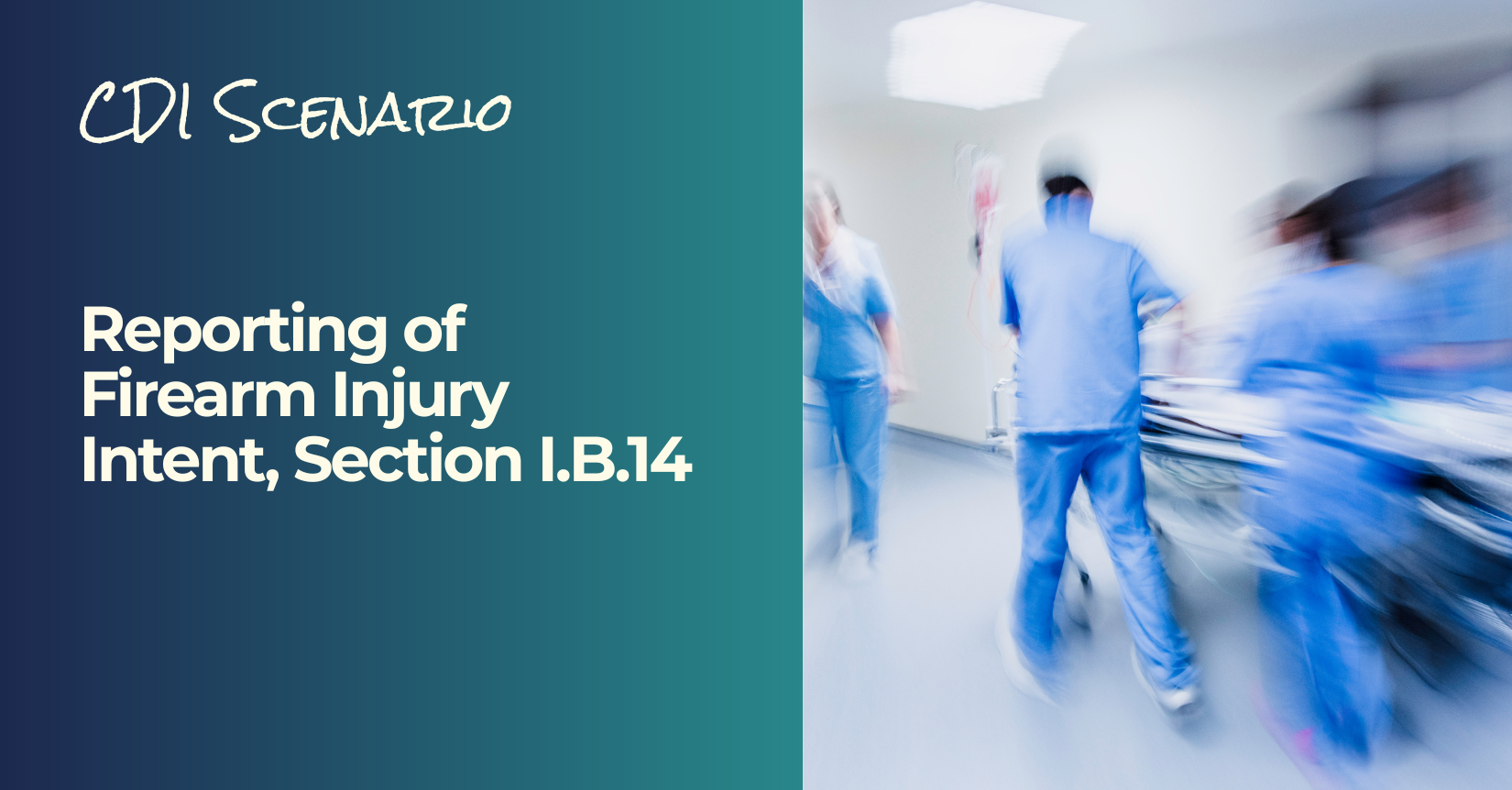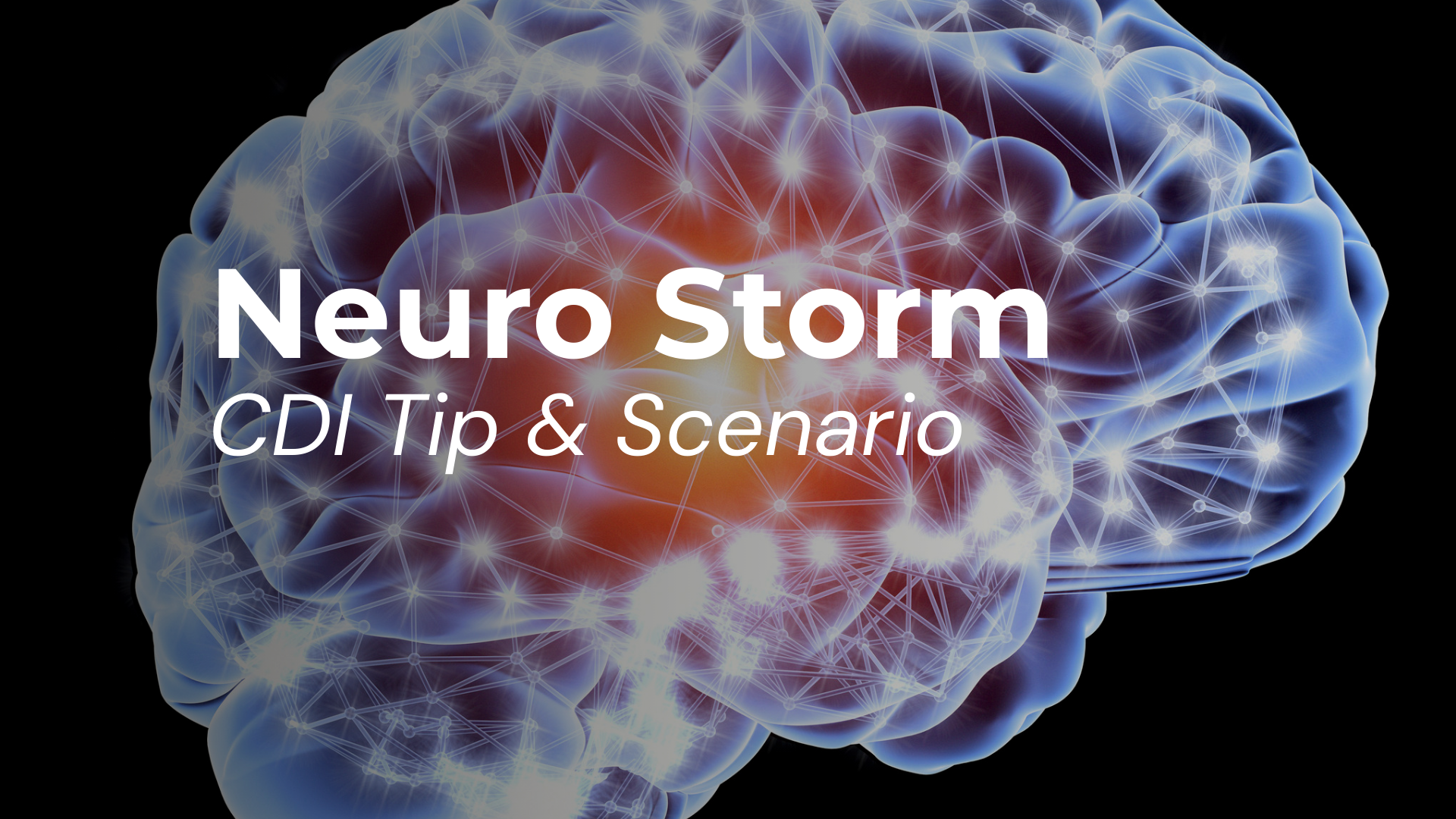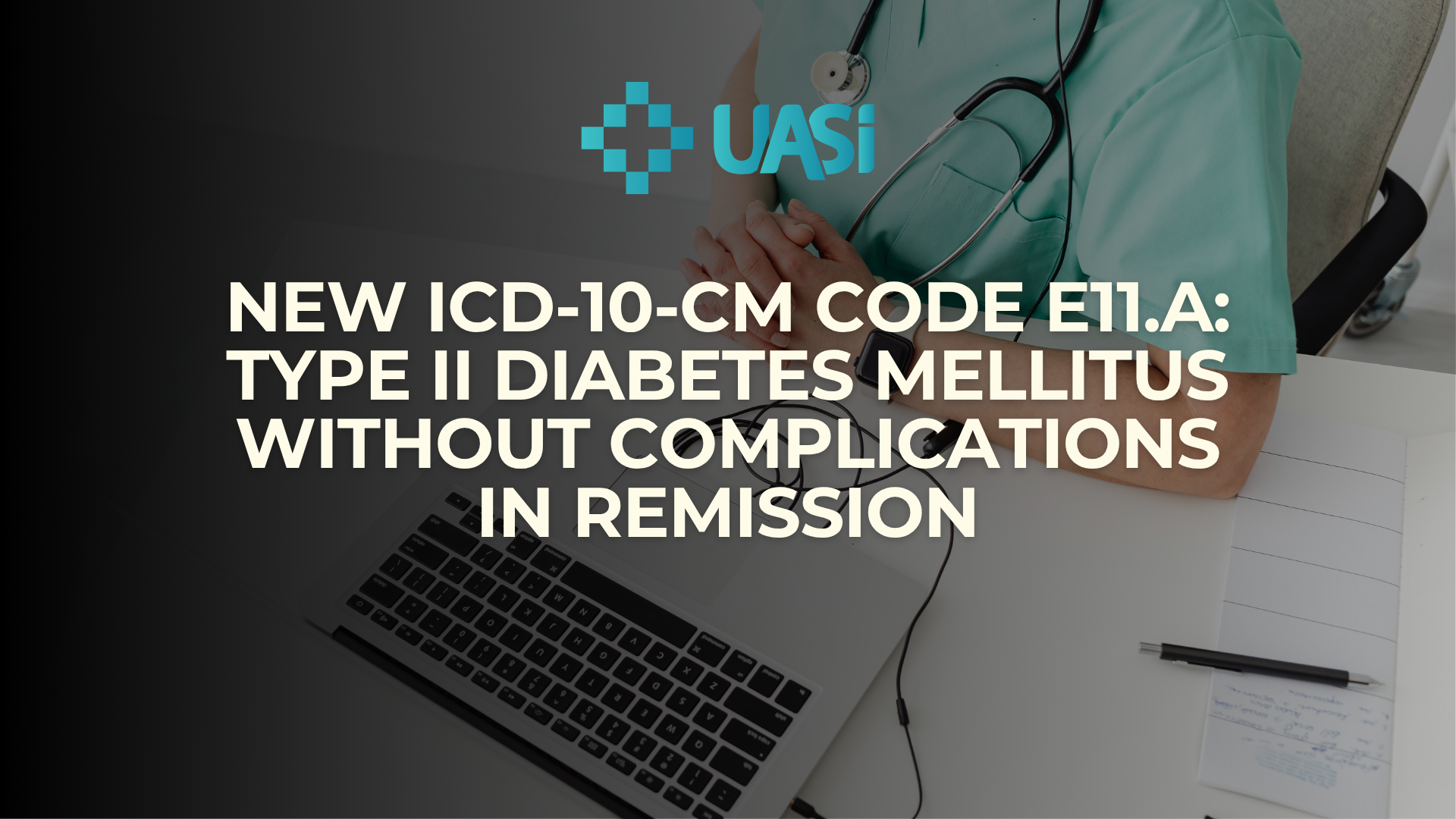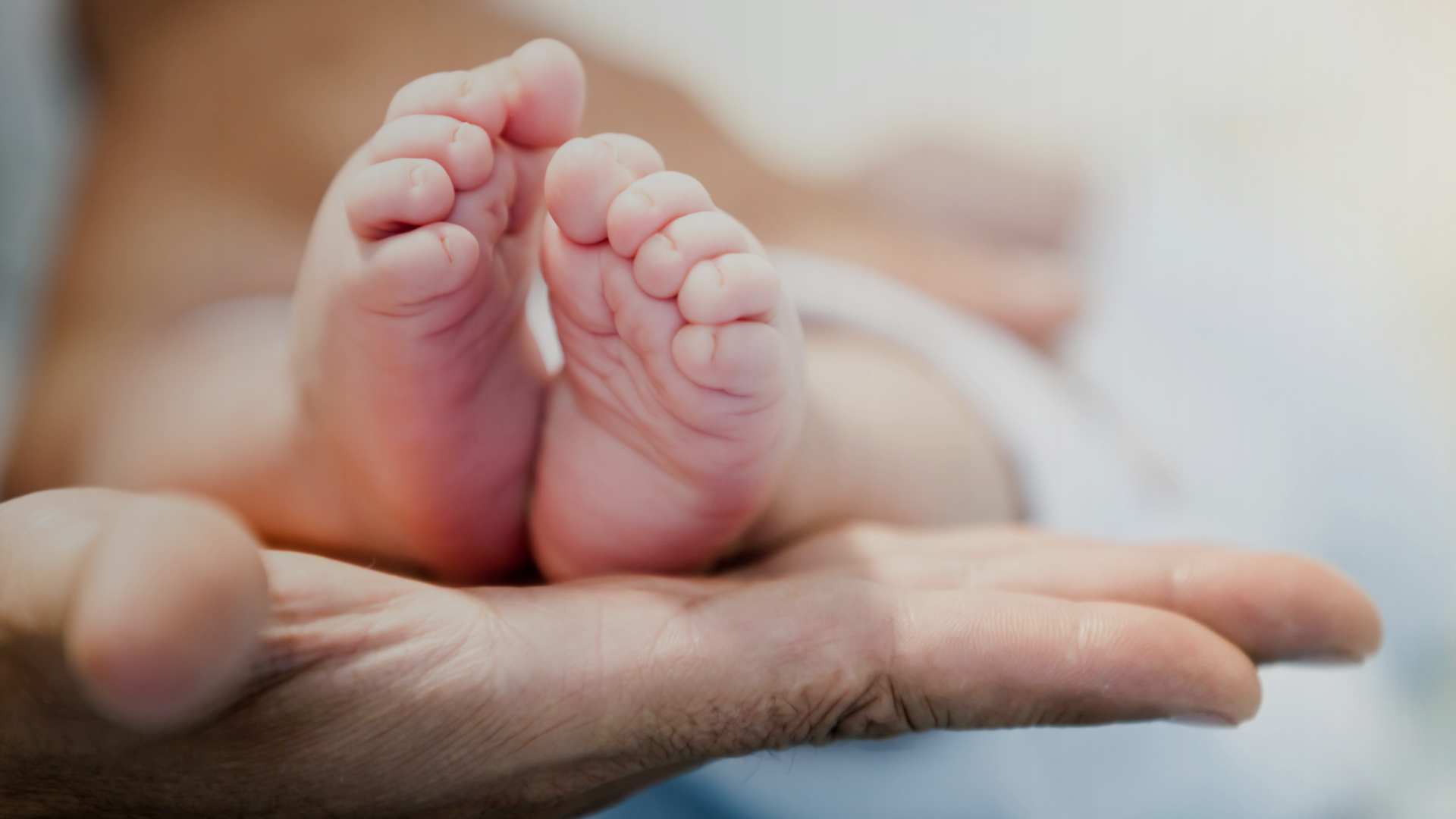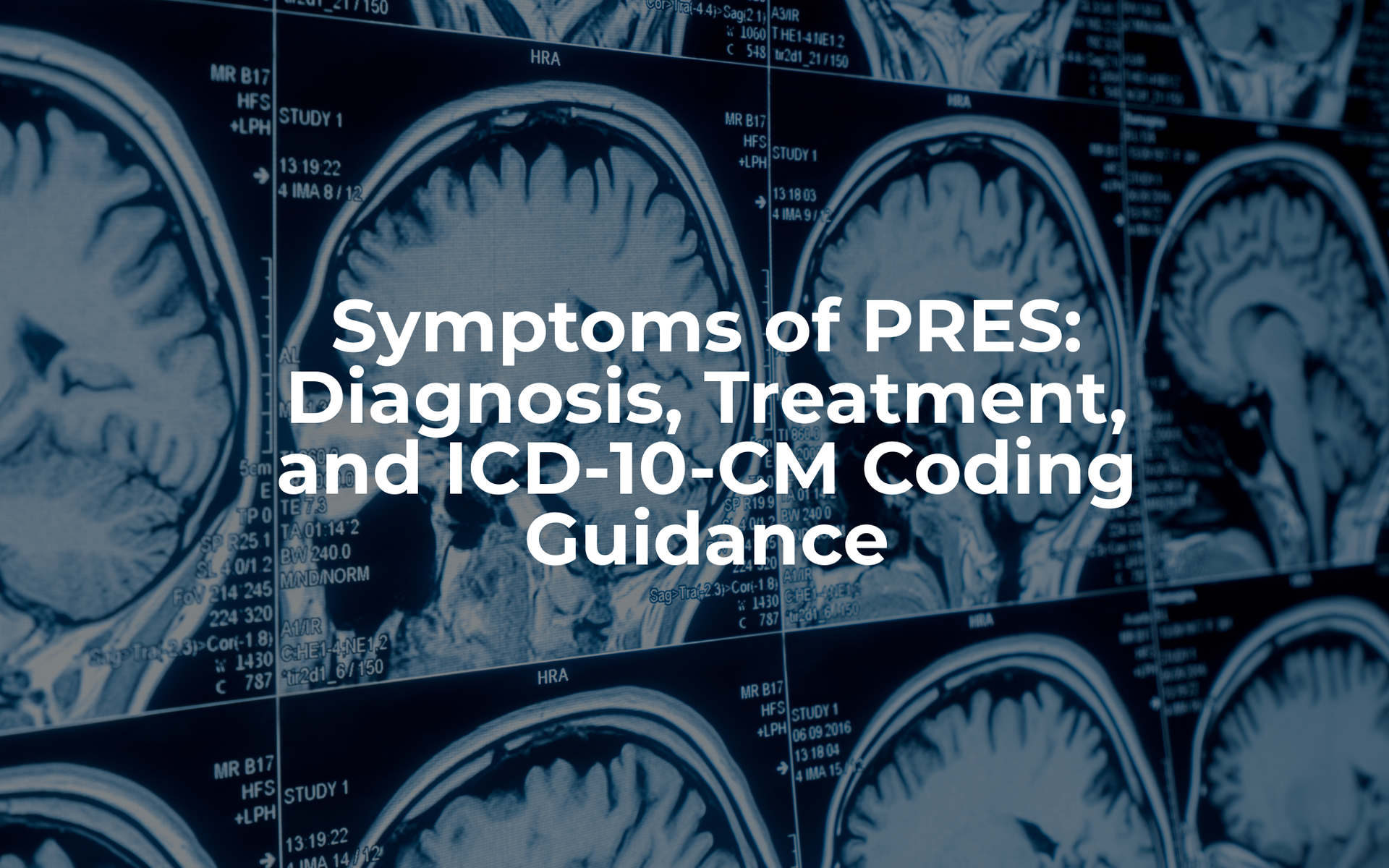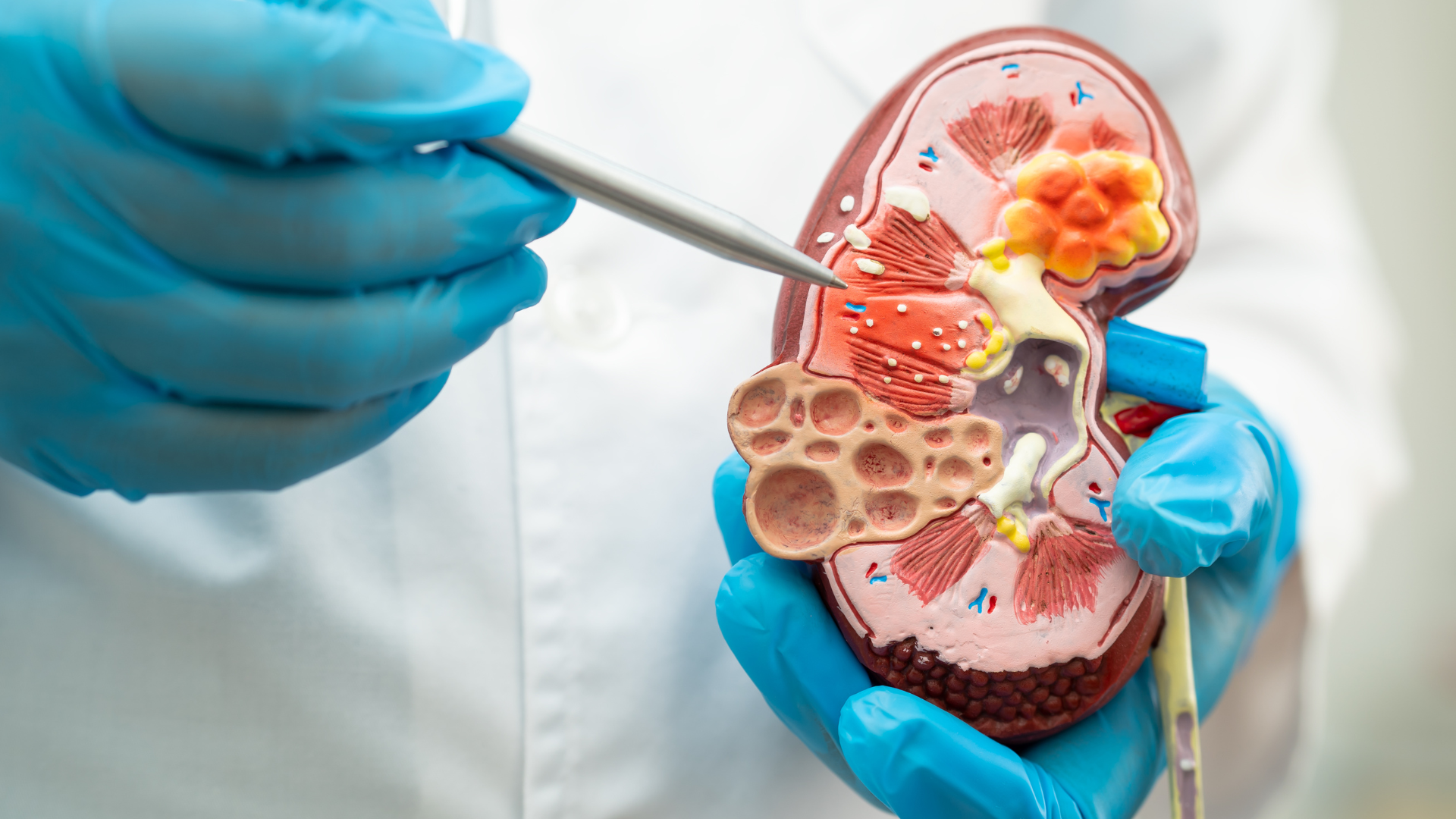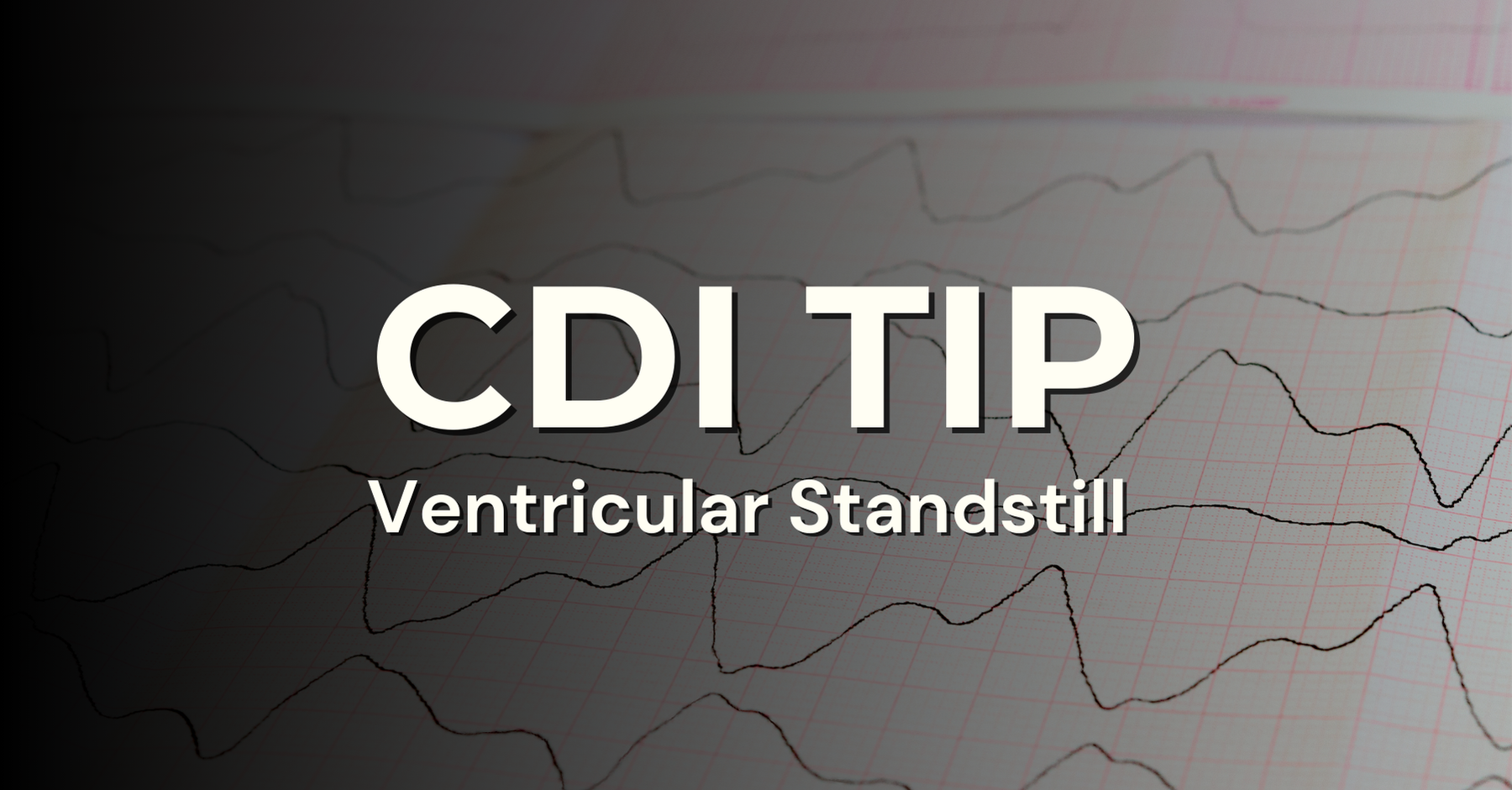December 3, 2024
Critical Illness Myopathy (CIM):
Describes a rapidly evolving primary myopathy with generalized muscle wasting due to prolonged immobilization.
- Characterized by more proximal than distal weakness, sensory preservation, and atrophy depending on the duration of illness.
- Usually occurs in the intensive care setting.
- Providers may also refer to this as acquired care weakness when no specific etiology is identified.
Critical Illness Polyneuropathy (CIP):
Exhibits both sensory and motor manifestations, determined by physical exam and electrodiagnostic study.
- Characterized by more distal than proximal weakness, sensory changes, and limited atrophy.
Critical Illness Polyneuromyopathy (CIPNM):
Describes a combined myopathy with characteristics of both CIM and CIP.
- Characterized by a combination of proximal greater than distal weakness, distal sensory loss, and variable atrophy.
- Clinically, CIM and CIP manifest as limb and respiratory muscle weakness.
Risk Factors for CIM
- Prolonged intubation/failure to wean
- Gram-negative bacteremia, hyperglycemia, hyperpyrexia, hyperosmolarity, hypoalbuminemia, hypoxia, hypotension, hyper/hypocalcemia
- Advanced age or female sex
- Sepsis, ARDS, COVID-19, asthma, organ transplant patients
- Use of steroids and/or non-depolarizing neuromuscular blockades (atracurium besylate, vecuronium bromide, pancuronium bromide)
Diagnostic Criteria
- Electrodiagnostic studies: Nerve conduction studies, electromyography, and direct muscle stimulation
- Past medical history evaluation
- Clinical exam
- Medical Research Council (MRC) sum score: Used as an initial diagnostic measure of muscle strength in conscious patients (CIP and CIM are thought to be present if the score is less than 48)
- Diagnostic labs to rule out other conditions contributing to weakness
- Muscle biopsy: Usually necessary to firmly establish the diagnosis of CIM
Provider documentation should clearly differentiate between critical illness myopathy and critical illness polyneuropathy to capture accurate code assignment.
Example Scenario:
A patient admitted to the ICU for sepsis with ARDS secondary to COVID-19 pneumonia has a prolonged recovery due to difficulty weaning off the ventilator. The provider documents critical illness neuropathy.
- Assign the principal diagnosis code for sepsis with secondary diagnosis codes for ARDS, COVID-19 pneumonia, and critical illness polyneuropathy (G62.81).
- A query could be considered for critical illness myopathy (G72.81) to add an additional CC if sufficient clinical indicators are present.
Each code impacts risk adjustment methodologies differently.
Additional Tips
- Critical illness myopathy is underrecognized because it has a clinical appearance that is similar to critical illness polyneuropathy.
- There are no identified treatment protocols other than preventative and supportive measures, with a primary focus on rehabilitation and mobilization of the patient.
- CIM/CIP affects over a third of severely critically ill patients and more than a quarter of those requiring ventilatory assist for at least seven days.
- Almost 100% of patients who demonstrate multiple organ failure experience CIM/CIP.
- Record reviews should consider the presence of immobility-related complications such as DVT, pressure injuries, and aspiration pneumonia.
- CIM and CIP can also be seen in other hospital settings and can manifest in patients with a severe illness that complicates care.
References:
- American Hospital Association. (2024). Coding Handbook, Disease of the Nervous System and Sense Organs; Critical Illness Myopathy.
- Gutmann, L., & Gutmann, L. (1999, May). Critical Illness Neuropathy and Myopathy. JAMA Neurology. Retrieved from: Critical Illness Neuropathy and Myopathy | Critical Care Medicine | JAMA Neurology | JAMA Network
- Prescott, L. & Manz, J. (2023). 2024 ACDIS Pocket Guide. The Essential CDI Resource (pp. 123-127). HCPro.
- Shepherd, S., Batra, A., & Lerner, D. (2023, August). Review of Critical Illness Myopathy and Neuropathy. NIH. National Library of Medicine. National Center for Biotechnology Information. Retrieved from: Review of Critical Illness Myopathy and Neuropathy - PMC (nih.gov)
